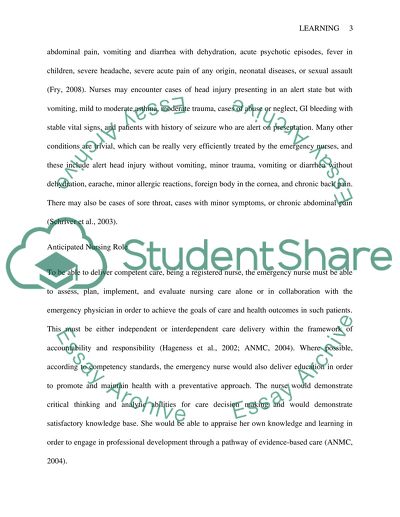Cite this document
(Learning Plan - Emergency Nursing Practice Assignment, n.d.)
Learning Plan - Emergency Nursing Practice Assignment. Retrieved from https://studentshare.org/human-resources/1515545-learning-plan
Learning Plan - Emergency Nursing Practice Assignment. Retrieved from https://studentshare.org/human-resources/1515545-learning-plan
(Learning Plan - Emergency Nursing Practice Assignment)
Learning Plan - Emergency Nursing Practice Assignment. https://studentshare.org/human-resources/1515545-learning-plan.
Learning Plan - Emergency Nursing Practice Assignment. https://studentshare.org/human-resources/1515545-learning-plan.
“Learning Plan - Emergency Nursing Practice Assignment”, n.d. https://studentshare.org/human-resources/1515545-learning-plan.


